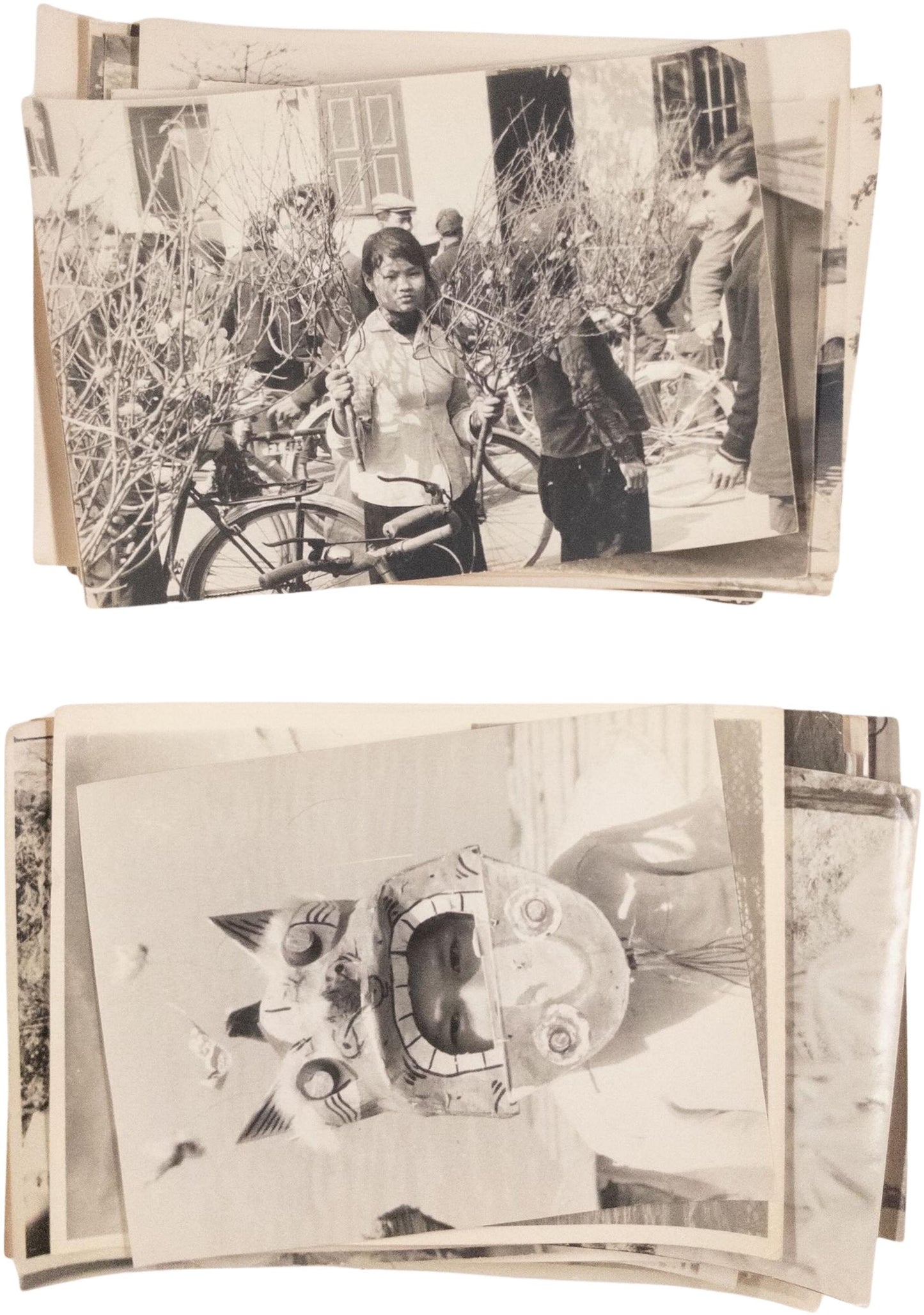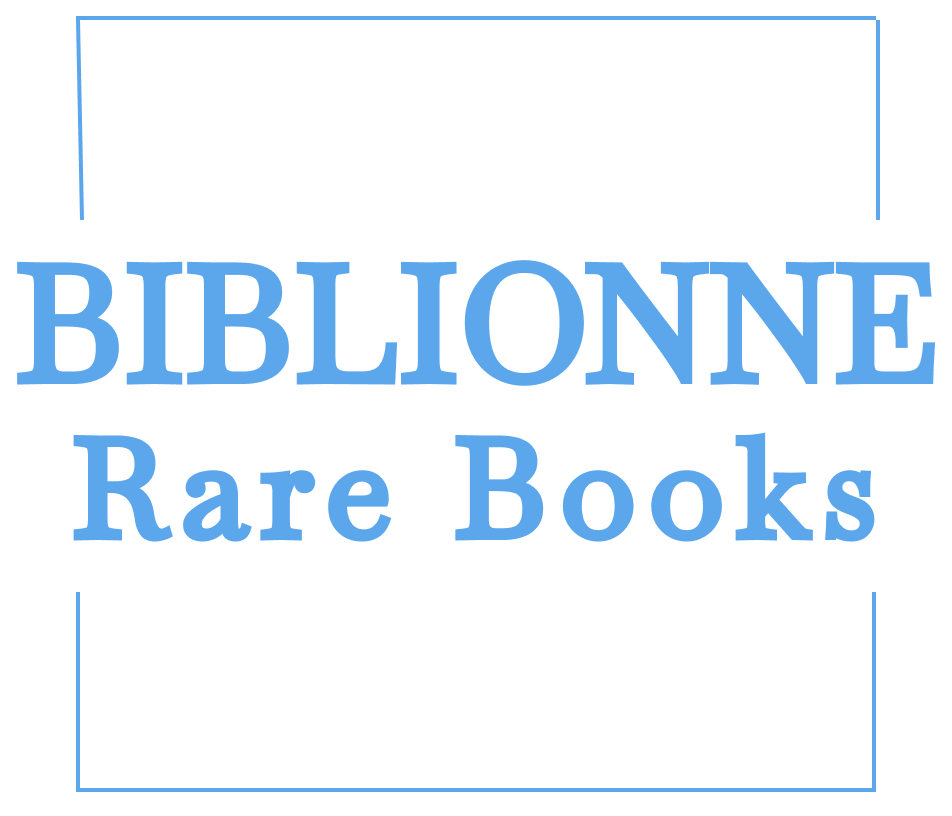Vietnam: A Photographic Collection from a Soviet Scientist’s Archive. Vietnam in the early 1960s
Vietnam: A Photographic Collection from a Soviet Scientist’s Archive. Vietnam in the early 1960s
Couldn't load pickup availability
Vietnam: A Photographic Collection from a Soviet Scientist’s Archive.
Vietnam, February-October 1963.
353 photos, 8x7 cm. - 30x24 cm.
Some soiling and rubbing, creasing to some photo edges, traces of glue on the reverse of some photos. Some photographs signed on the reverse in pencil and blue ink. Accompanied by an envelope from a Hanoi photo studio. Among the photographs is a souvenir photo that was used as a postcard (dated 1962).
Interesting photographs taken in Vietnam during the wartime period.
This is the photo archive of Dmitrii Timokhin, a distinguished scientist in the field of preventive medicine, Doctor of Medical Sciences, Professor, and Senior Researcher at the Research Institute of Complex Hygiene Problems. His research focused on hygiene-related issues in industries such as mining, coal, chemical production, and non-ferrous metallurgy. He served at the Embassy of the USSR in the Democratic Republic of Vietnam, most likely from the beginning of his assignment until October 1963.
During the Vietnam Wars, the Soviet Union was the principal foreign supporter of North Vietnam, providing extensive military, economic, technical, and intelligence assistance. Soviet experts staffed North Vietnamese factories, trained thousands of Vietnamese professionals, and supported public health and education initiatives. Travel to North Vietnam was generally forbidden to American citizens. Nevertheless, some prominent Americans – particularly antiwar activists, journalists, and cultural figures – were able to visit with permission from the North Vietnamese government, usually through invitations or arrangements via third countries such as France or the Soviet Union, mostly in the late 1960s and early 1970s. For this reason, any photographs from this period, especially from the early 1960s, are of exceptional historical importance.
The main focus of Timokhin’s photographs was Hanoi, where he captured numerous landmarks and institutions, including the Hanoi Opera House, the National Institute of Hygiene and Epidemiology, Đồng Xuân Market, St. Joseph's Cathedral, Cửa Bắc Church, One Pillar Pagoda, the Temple of Literature (Văn Miếu), the headquarters of the Buddhist Sangha of Vietnam at Quán Sứ Pagoda, the former Banque de l'Indochine (now the State Bank of Vietnam), the Vietnam National Museum of History, the Vietnam Military History Museum (with wreckage of American planes), and Quán Thánh Temple.
In addition to Hanoi, Timokhin also photographed Haiphong (Vietnam’s third-largest city), the Cathedral of Bắc Ninh, and several sites of natural and cultural importance, such as Tam Đảo National Park, Monkey Island, Hạ Long Bay, Hương Temple, Hoang Xa Cave, and Hương Tích Cave.
Beyond landscapes and architecture, the collection reflects local life and traditions: a traveling circus, festival dances, New Year celebrations, rice farming, fishing, and the everyday routines of Soviet specialists in Vietnam. One striking photo shows an official announcement of an approaching typhoon.
Among the particularly notable images are two group photographs of Soviet children with Hồ Chí Minh (likely unpublished until now) and two photographs featuring members of ethnic minority groups – one a group portrait with Timokhin (presumably of the Hmong people) and another taken on a road (Tày people).




































